Acne affects upto 50 million Americans every year, making it the most common skin condition in the United States (1). And most of us often resort to home remedies for mild to moderate acne. One such popular home remedy is using aloe vera for acne. The pulp of this herb is commonly used to heal minor cuts, burns, and rashes. In addition, it can soothe inflammation and may also minimize acne. Want to know how? Read on to learn more about using aloe vera for acne, ways to use it for your skin, and potential risks.
In This Article
Is Aloe Vera Good For Acne? What Does Science Say?
Yes. Aloe vera can prevent acne as it has anti-inflammatory properties due to the sugars and fatty acids present in it (2). It has several other properties that make it a safe option for protecting your skin and preventing inflammation:
- Pure aloe vera gel contains about 75 active ingredients, which include amino acids, salicylic acid, lignins, vitamins, minerals, saponins, and enzymes (2).
- Aloe vera also promotes collagen synthesis and helps in fast healing of wounds and scars (2). This property is beneficial in healing acne scars.
- It protects your skin from inflammation, damage, and skin hypersensitivity caused by UV exposure (2).
- It also moisturizes your skin, promotes elastin and collagen production, and prevents the formation of wrinkles (3).
- The amino acids and zinc in aloe vera soften your skin and tighten the skin pores (2).
A study published in 2014 examined the effect of a combination of aloe vera gel and acne medication on 60 subjects. Researchers concluded that the combination of aloe vera gel (50%) and topical retinoidsi XA class of chemical compounds derived from vitamin A, used in cosmetics to boost collagen and reduce aging signs. (0.5%) was much more effective in healing acne than placebo (4). Also, it was well tolerated by the subjects.
Another study evaluated the efficacy of a combination of propolis, tea tree oil, and aloe vera in healing acne lesions. It compared the results with another group that was treated with erythromycin cream. It concluded that the combination of aloe vera gel (10%), tea tree oil (3%), and propolisi XA compound produced by honey bees by mixing saliva with bee wax, widely used to fight infections and heal wounds. (20%) was more effective in reducing the severity of acne, total lesion count, and erythema scars (5).
You can even use aloe vera to treat pimples and inflammation. However, if you are allergic to aloe vera, using it on your skin may cause rashes and allergic reactions. Although topical aloe vera gel (pure) is safe for the skin, do a patch test to determine if you are allergic to it. Scroll down for some easy recipes to use aloe vera for acne.
Stylecraze Trivia While the word ‘aloe’ was derived from the Arabic word alloeh meaning ‘shining bitter substance’, the word ‘vera’ was derived from the Latin word veritas meaning ‘truth’.
How To Use Aloe Vera For Acne
1. Pure Aloe Vera Gel For Acne
Shutterstock
What To Do: Cut the aloe leaf and scoop out the transparent, fleshy part with a spoon. Apply the aloe vera gel on your face, focusing on the affected area. Leave it on overnight. Rinse it off in the morning and repeat every day until the lesionsi XA wound or damaged tissues inside or outside the body caused by trauma or disease. heal.
Stylecraze says For better absorption, ensure you wash your face with a gentle cleanser and lukewarm water before applying aloe vera.
2. Aloe Vera, Honey, And Cinnamon
Aloe vera can help control acne as it has antibacterial properties and is effective against acne-causing bacteria. It also reduces inflammation and promotes wound healing, which makes it good for mild to moderate acne (6). Honey and cinnamon gel have also been studied and found to have similar effects on acne (7), (8). Combining these three ingredients in your DIY and at-home masks will increase your chances of having smooth, clear, and acne-free skin.
What To Do: Mix two tablespoons of pure aloe vera gel with four tablespoons of honey and half a teaspoon of cinnamon powder or oil. Apply the mixture to the affected area and wash it off after 10 minutes. Repeat this every alternate day.
Note: Cinnamon powder might sting, so you can adjust the quantity as per your skin’s tolerance level.
Related: Honey For Acne: 17 Best Ways To Use It For Maximum Benefits
3. Aloe Vera And Lemon Juice
Shutterstock
Lemon juice is a common remedy used for many skin issues, including acne. It has astringent (drying) properties (9). Thus, it may help dry out pimples and reduce acne.
Caution: Do not use this remedy if you have sensitive skin as lemon juice can cause redness and irritation. Excess lemon juice can also dry out your skin.
What To Do: Mix ¼ teaspoon of lemon juice with 2 tablespoons of aloe vera gel. Apply the mixture TO the affected area. Wash it off after it dries. Also, use sunscreen afterward if you are going out as lemon makes your skin photosensitive.
4. Aloe Vera And Tea Tree Oil
The topical application of 5% tea tree oil is beneficial in managing mild to moderate acne and reducing inflammation (10).
What To Do: Dilute 2-3 drops of tea tree oil in any carrier oil (jojoba or sweet almond or olive oil). Mix it with a tablespoon of honey and apply it to the affected area. Leave it on for 15 minutes before washing it off.
Related: Can Tea Tree Oil Help Manage Rosacea? How To Use It?
5. Aloe Vera Spray Or Face Mist
Shutterstock
You can also make a facial mist with aloe vera and use it throughout the day to soothe your skin.
What To Do: Mix a tablespoon of aloe vera gel in 1 ½ cups of distilled water. Add 2-3 drops of any essential oil of your choice (do a patch test before using). Store this solution in a spray bottle and spritz it on your face whenever required. Remember to always shake the bottle well before use.
6. Aloe Vera, Sugar, And Oil Scrub
The accumulation of dead skin cells on your skin is one of the major factors that trigger acne (11). Scrubbing is an effective way to remove dead skin cells.
What To Do: Mix ¼ cup of aloe vera gel with ½ cup of jojoba oil and ½ cup of granulated sugar. Gently massage the scrub on your face before washing it off.
Related: 20 Best And Effective Homemade Scrubs For Oily Skin
7. Aloe Vera And Apple Cider Vinegar
Shutterstock
Apple cider vinegar has antimicrobial properties that may help treat acne (12).
What To Do: Mix a teaspoon of aloe vera juice with one teaspoon of ACV and teaspoon of purified water. Apply the mixture as a toner on your face.
Note: Apple cider vinegar may not suit those with sensitive skin. Avoid using it if your skin is sensitive.
8. Aloe Vera And Almond Oil
Oils make a perfect base for any home remedy.
What To Do: Mix one teaspoon of aloe vera gel with 3-4 drops of sweet almond oil (or any other oil of your choice) and apply it to your face. Wash it off after a few minutes.
9. Aloe Vera Gel, Cucumber, And Rose Water
Shutterstock
Rosewater acts as an astringent and tones your skin when treating acne (13). Cucumber has a soothing effect on the skin, which may help with acne inflammation (14).
What To Do: Mix a teaspoon each of cucumber juice, rose water, and aloe vera gel. Use a cotton ball to apply the mixture on the affected area or all over your face. Wash it off after it dries.
Though aloe vera is an effective treatment for acne, it also comes with potential risks. Check them out below.
Related: Rose Water For Skin: Benefits, How To Use, And Side Effects
Potential Risks Of Using Aloe Vera For Acne
People who are allergic to tulips, garlic, and onions are usually allergic to aloe vera, as well. Hence, it is better to do an allergy test before using aloe vera on your skin.
Avoid applying aloe vera to deep cuts and severe burns.
Topical aloe vera is usually not harmful to the skin (unless you are allergic to it), and an allergic reaction to topical aloe vera is rare. However, there was one case where a 72-year-old woman, who had been using home-made aloe vera juice on her legs, developed allergic dermatitisi XAn umbrella term for skin irritation and inflammation characterized by itching, redness, and rashes. on her legs and erythemai XRedness of the skin or mucous membrane caused by increased blood flow to that area. on her eyelids (15).
Avoid ingesting aloe vera. It contains latex, which is a laxativei XA compound that helps increase mobility, bulk, and stool frequency and relieves constipation. . It may cause diarrhea, pseudomelanosis colii XA pigmentation disorder of the colon wall associated with chronic laxative use. , kidney failure, hypokalemiai XA condition caused by low blood potassium levels, which can cause muscle cramps, fatigue, and abnormal heart rhythms. , and other hypersensitive reactions (16). Moreover, it may interact with the other medications you may be taking and reduce their absorption and effectiveness. Consult a doctor if you are considering taking aloe vera orally.
If you have mild to moderate acne, you can use aloe vera gel for treating it. We are not referring to store-bought aloe vera gel but the sap that you get when you cut the aloe vera leaf.
People have been using aloe vera for centuries now for treating skin issues. Hence, it is a good idea to incorporate aloe vera into your skincare routine. Although there are very rare chances of aloe vera causing any serious side effects, it is better to be aware of the associated risks.
Infographic: Most Easy Ways Of Using Aloe Vera For Acne
The use of aloe vera for treating minor cuts and getting clear skin is prevalent and dates back to the days when cosmetic products were not readily available. Aloe vera can be mixed with different ingredients to get clear skin, as discussed in the article. But to know the easiest ways of using aloe vera for acne, check out the infographic below.
Aloe vera effectively soothes inflammation, redness, and pain associated with acne. If you want to use aloe vera for acne, follow the DIY remedies suggested in the article. However, remember that the remedies may help soothe only mild to moderate breakouts. Do not solely rely on aloe vera for healing acne, as this skin condition is caused by internal and external factors. Therefore, consult a doctor for a proper diagnosis, determine the reason behind the breakouts, and follow the prescribed treatment and suggestions for effective healing.

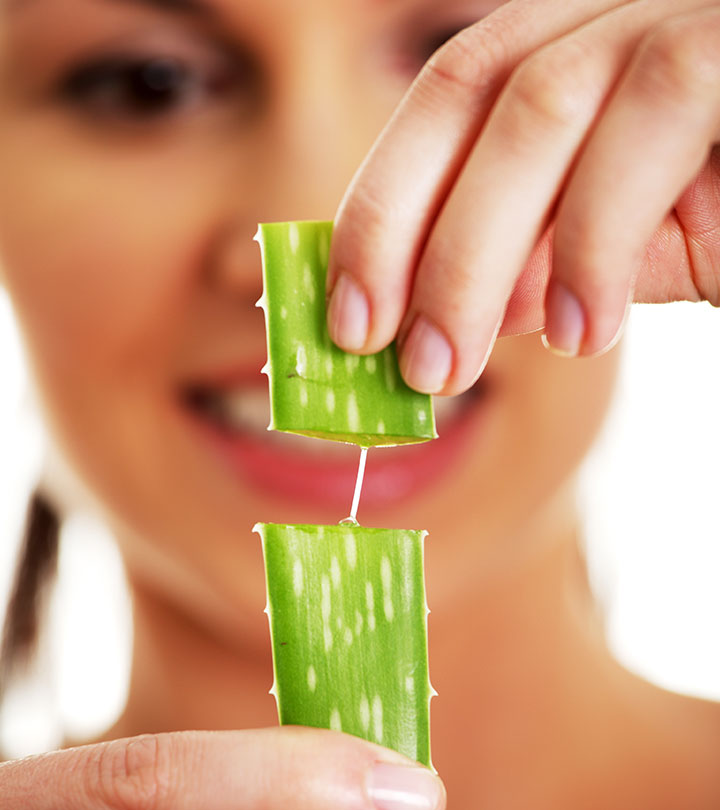

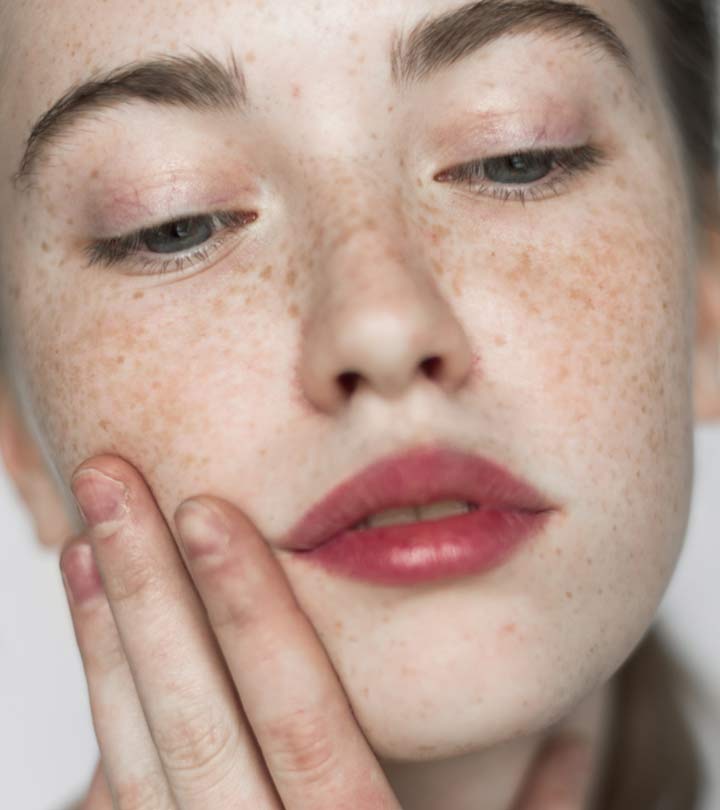


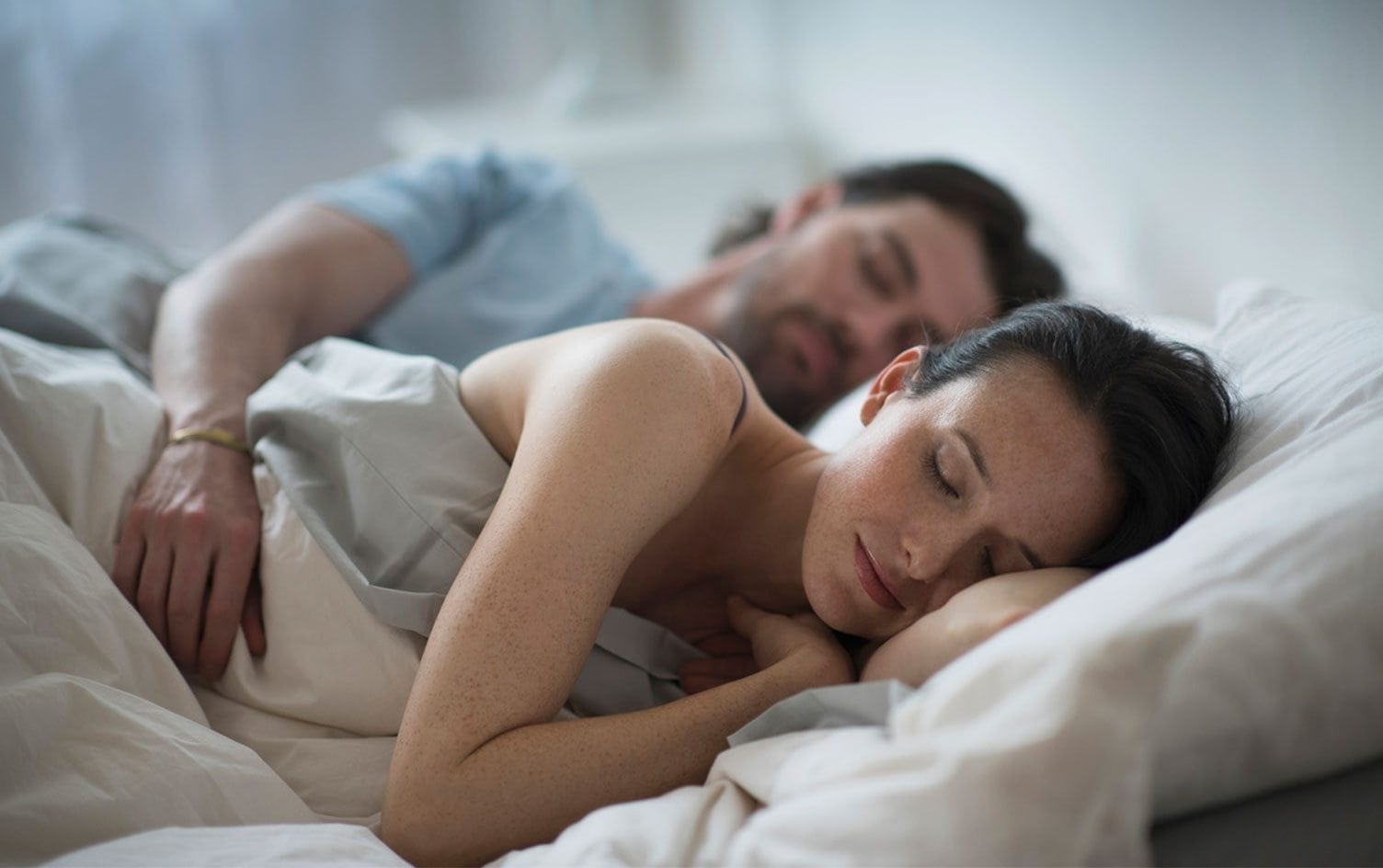





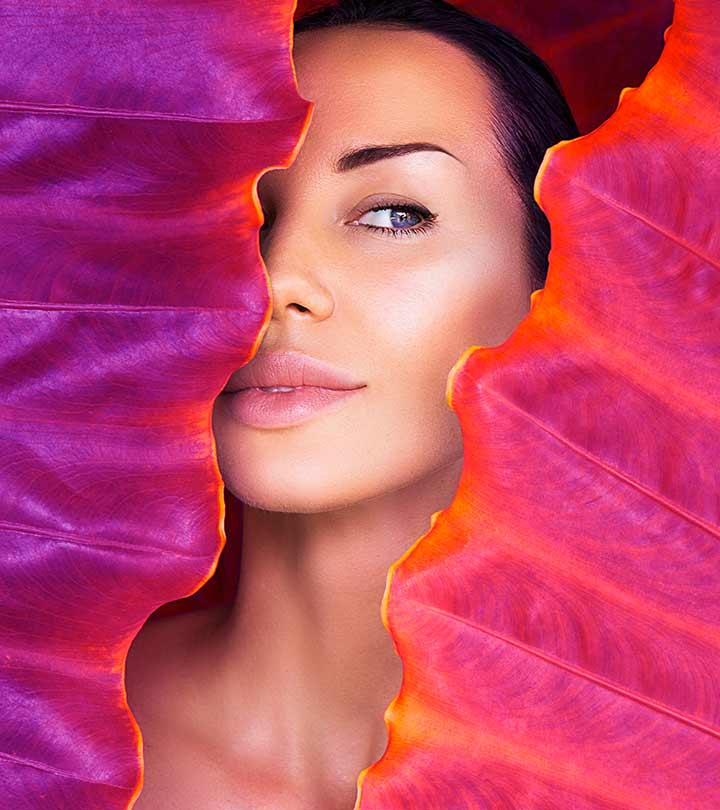


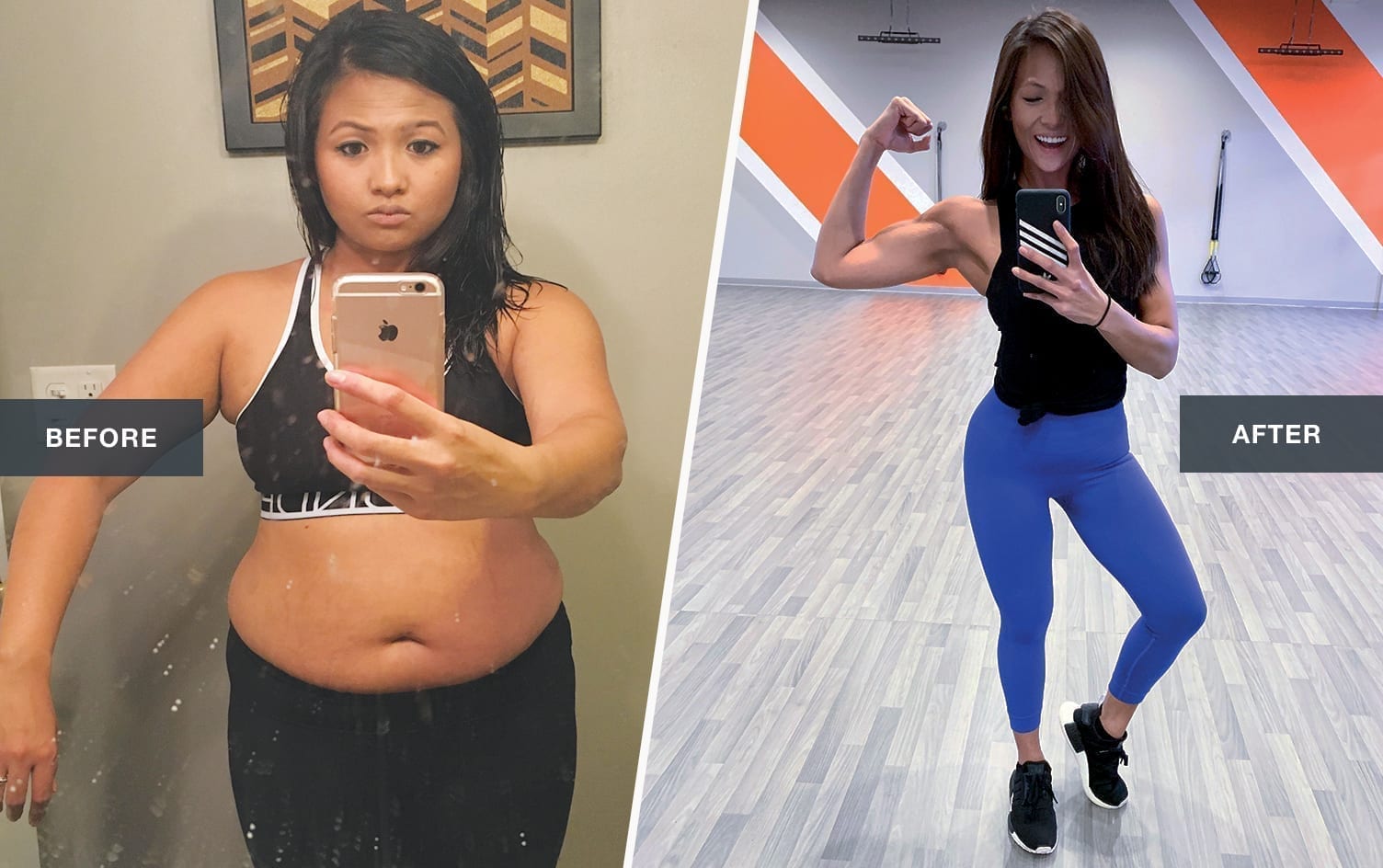

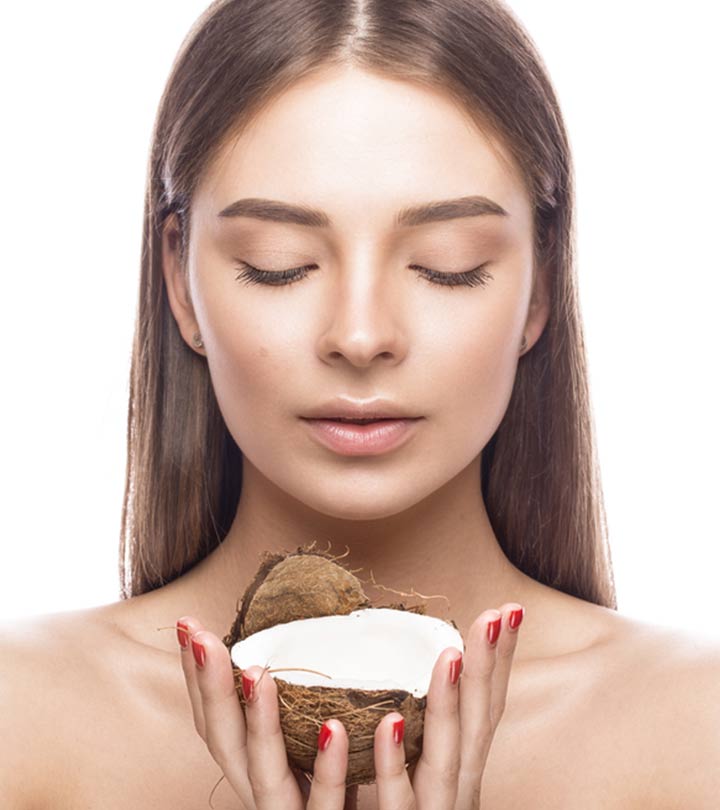
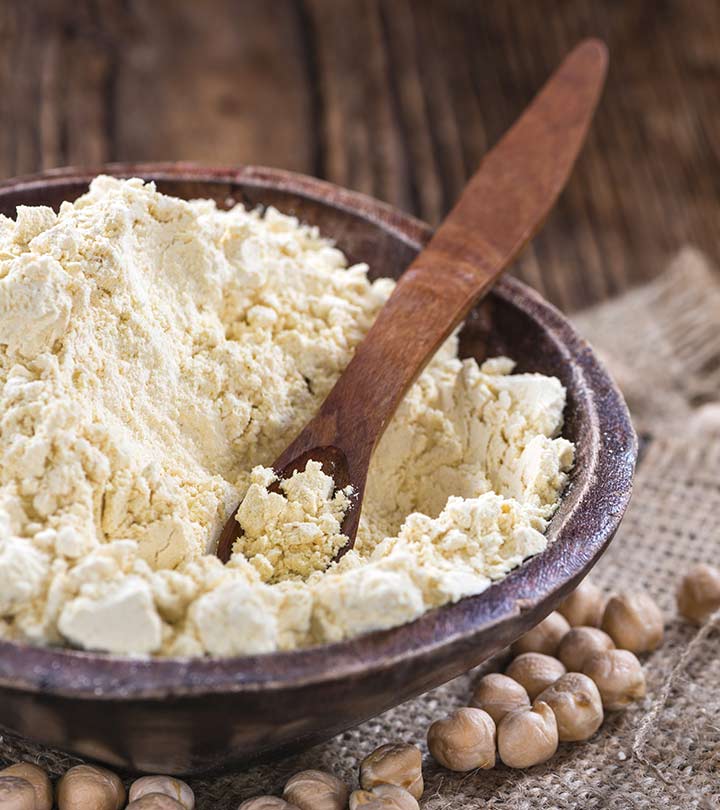
cenforce online handkerchief – tadalis pills cheer brand viagra distinct